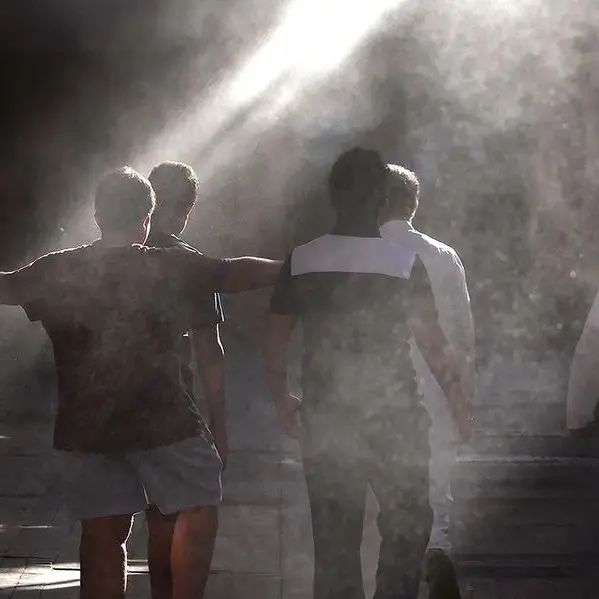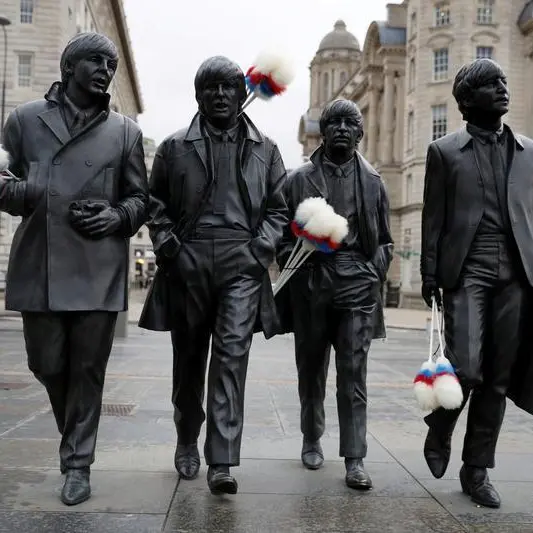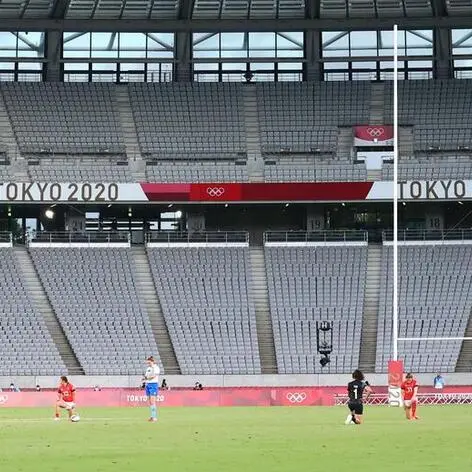* Critics say covering nude statues against Italy's culture
* Prime minister, culture minister deny knowing about plan
* Officials agreed to Iran embassy request to cover statues
By Philip Pullella
ROME, Jan 27 (Reuters) - In the 16th century, Daniele da Volterra was scorned by contemporary artists for agreeing to paint loincloths on Michelangelo's nudes in the Sistine Chapel. Italian protocol officials must now know how da Volterra felt.
Italy's opposition leaders, commentators and media grew increasingly vocal in their criticism on Wednesday of nude statues being covered by white boxes in Rome's city hall and museum complex for a visit by Iran's President Hassan Rouhani.
Italian newspapers ran photographs of the boxes on their front pages and even the minister of culture called the decision "incomprehensible". He suggested a different venue could have been chosen to host Rouhani, who was due to sign up to 17 billion euros (dollars) of business deals on his two-day trip.
"Covering those nudes covered Italy in ridicule," was the front-page headline in Il Giornale, a leading opposition paper.
Neither Culture Minister Dario Franceschini nor Prime Minister Matteo Renzi had been informed of the decision, Franceschini said. The Iranian embassy had asked for the statues to be covered and officials in Renzi's office had agreed without consulting their bosses, Italian media reported.
A spokesman in Renzi's office said he had no information about whether Iran had asked for the statues to be covered.
Asked about the clash of cultures at a news conference before leaving Italy, Rouhani said it was a "minor thing" and thanked Italy for being "very hospitable".
Even mainstream newspapers usually sympathetic to the government weighed in, saying the decision was tantamount to denying the country's own culture.
"Covering those nudes ... meant covering ourselves. Was it worth it, in order not to offend the Iranian president, to offend ourselves" the left-leaning La Repubblica said.
La Stampa criticised "those geniuses of protocol" who feared that Rouhani might have had a "hormonal shock" if he saw the statues and cancelled contracts with Italian companies.
More than four centuries ago, the Roman Catholic Church commisssioned da Volterra to paint veils and loincloths over some of Michelangelo's nudes in the Last Judgment, an 1,800-square-foot panel in the Sistine Chapel.
One papal master of ceremonies at the time is said to have told the pope that the painting was "more fitting for a bathhouse or a tavern than a papal chapel".
(Additional reporting by Crispian Balmer; Editing by Louise Ireland) ((philip.pullella@thomsonreuters.com;))
* Prime minister, culture minister deny knowing about plan
* Officials agreed to Iran embassy request to cover statues
By Philip Pullella
ROME, Jan 27 (Reuters) - In the 16th century, Daniele da Volterra was scorned by contemporary artists for agreeing to paint loincloths on Michelangelo's nudes in the Sistine Chapel. Italian protocol officials must now know how da Volterra felt.
Italy's opposition leaders, commentators and media grew increasingly vocal in their criticism on Wednesday of nude statues being covered by white boxes in Rome's city hall and museum complex for a visit by Iran's President Hassan Rouhani.
Italian newspapers ran photographs of the boxes on their front pages and even the minister of culture called the decision "incomprehensible". He suggested a different venue could have been chosen to host Rouhani, who was due to sign up to 17 billion euros (dollars) of business deals on his two-day trip.
"Covering those nudes covered Italy in ridicule," was the front-page headline in Il Giornale, a leading opposition paper.
Neither Culture Minister Dario Franceschini nor Prime Minister Matteo Renzi had been informed of the decision, Franceschini said. The Iranian embassy had asked for the statues to be covered and officials in Renzi's office had agreed without consulting their bosses, Italian media reported.
A spokesman in Renzi's office said he had no information about whether Iran had asked for the statues to be covered.
Asked about the clash of cultures at a news conference before leaving Italy, Rouhani said it was a "minor thing" and thanked Italy for being "very hospitable".
Even mainstream newspapers usually sympathetic to the government weighed in, saying the decision was tantamount to denying the country's own culture.
"Covering those nudes ... meant covering ourselves. Was it worth it, in order not to offend the Iranian president, to offend ourselves" the left-leaning La Repubblica said.
La Stampa criticised "those geniuses of protocol" who feared that Rouhani might have had a "hormonal shock" if he saw the statues and cancelled contracts with Italian companies.
More than four centuries ago, the Roman Catholic Church commisssioned da Volterra to paint veils and loincloths over some of Michelangelo's nudes in the Last Judgment, an 1,800-square-foot panel in the Sistine Chapel.
One papal master of ceremonies at the time is said to have told the pope that the painting was "more fitting for a bathhouse or a tavern than a papal chapel".
(Additional reporting by Crispian Balmer; Editing by Louise Ireland) ((philip.pullella@thomsonreuters.com;))











